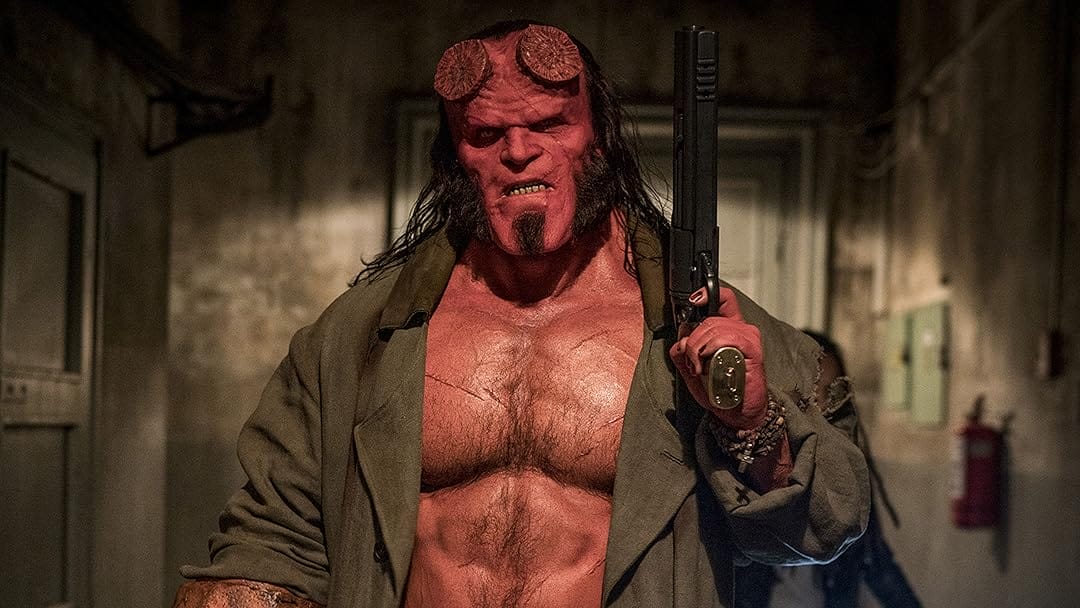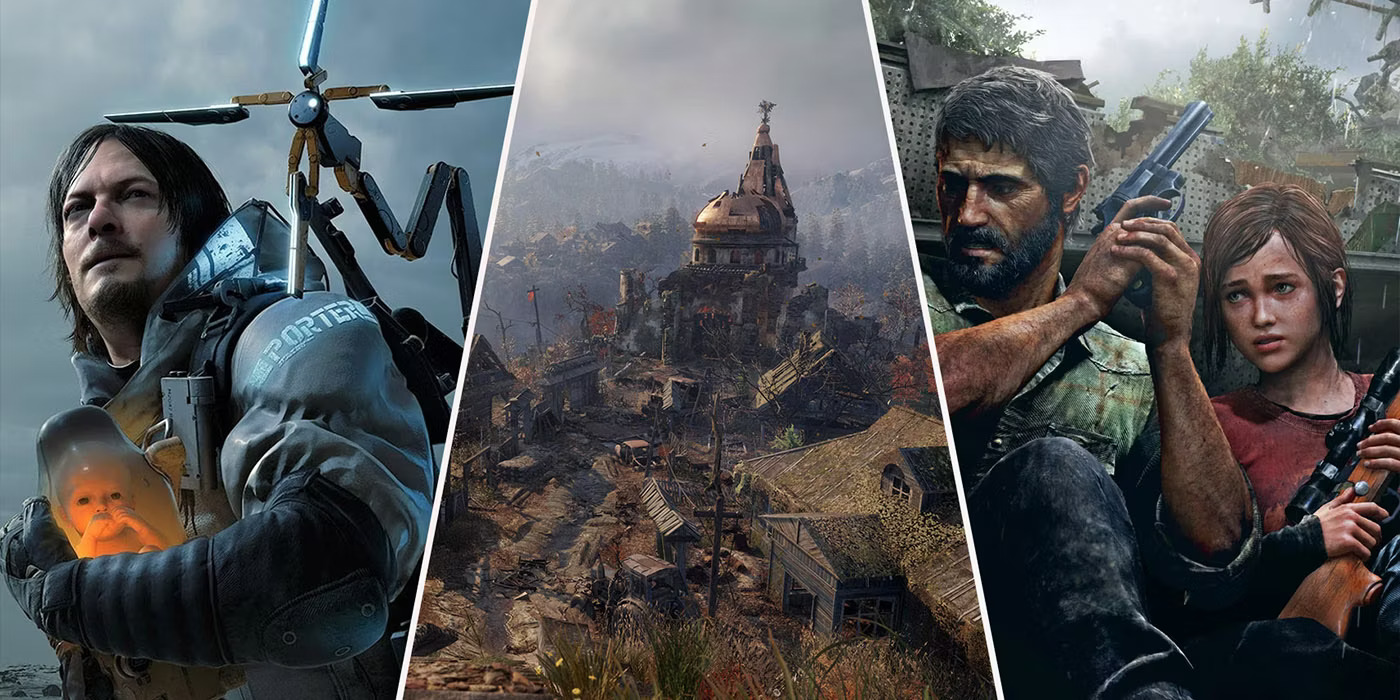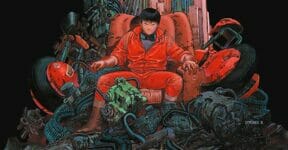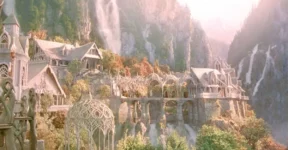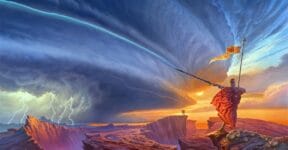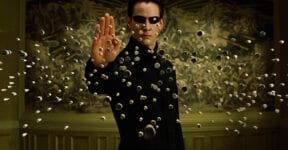Every genre, including an urban fantasy sci-fi mashup, presents its own unique challenges in the writing process, along with inherent strengths and weaknesses. Blending urban fantasy and sci-fi isn’t simply about pitting good wizards and elves against lightsaber-wielding androids in a sprawling urban utopia. Even when your story embodies that very concept, creating an original, coherent, and believable narrative presents distinct challenges.
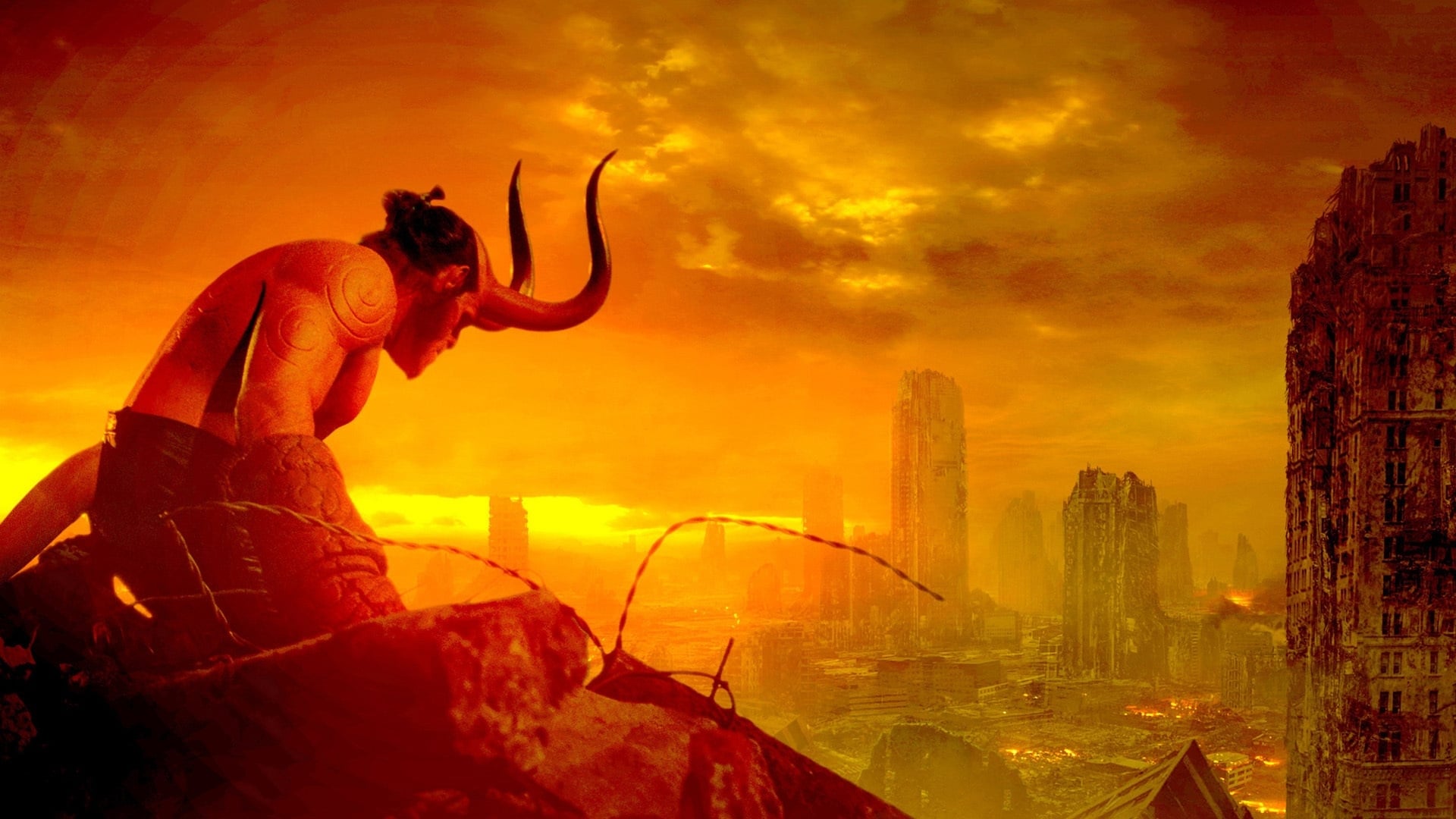
Crafting a Coherent Worldbuilding
The primary challenge lies in seamlessly integrating science fiction and fantasy. The nature of their coexistence—whether harmonious or conflicting—must be clearly defined. Are these systems separate, interdependent, or occasionally overlapping? Under what circumstances? Clear rules governing their scope and function within the story are crucial for dynamic interaction and avoiding inconsistencies.
To help readers understand the roles of magic and technology, dedicate sufficient space to explaining their origins. On the sci-fi side, readers generally accept futuristic devices and advancements as logical consequences of scientific breakthroughs, perhaps through new energy sources or improved solar harnessing. Clarifying the level of technological advancement compared to our present-day reality is also helpful.
Explaining magic requires more finesse. Attributing its existence to sudden, unexplained emergence feels contrived. A more compelling approach involves presenting magic as an application of scientific principles, like manipulating gravity, or perhaps as technology acquired from an extraterrestrial species. Regardless of the origin, strive for plausibility rather than resorting to ancient wizards bestowing magic upon humanity.
The urban setting itself offers diverse possibilities, from a cyberpunk metropolis to a reimagining of Bacon’s New Atlantis, from an Elysium-like space station to a unique version of Asgard. Asgard, in fact, arguably embodies urban fantasy sci-fi. The key is balancing magic and technology within the landscape, ensuring neither feels like an afterthought.
Minimize jargon. Excessive jargon obscures meaning and overwhelms readers, hindering their grasp of the narrative.
Creating Believable (and Relatable) Characters
Compelling characterization is essential for any genre. Observe how even the most powerful characters in high fantasy or superhero narratives, wielding magic and mythical weapons, share fundamental human characteristics. Therefore, your main character should be human or, at least, possess relatable human flaws.
Superpowers and magical abilities shouldn’t equate to an easy life. Struggles, grief, loss, and regret are as important as peace and companionship. A hero might be driven by the desire to save loved ones or the world, while a scientist might be obsessed with harnessing magical artifacts for technological advancement. Characters need personal motivations, goals, and the means to overcome obstacles.
Since characters navigate both fantasy and science, their interactions must be believable. If magical villains invade a technologically advanced city, there should be limitations to their power and countermeasures available to the humans. Conversely, if technologically adept characters enter a magical society, their initial awkwardness and eventual adaptation (or conflict) should unfold gradually, reflecting realistic decision-making and evolving relationships.
Worldbuilding and characterization are arguably the most significant challenges in genre mashups, especially those blending urban settings, fantasy, and science fiction. While not all sci-fi demands strict scientific plausibility, readers appreciate logical explanations for technologies, futuristic devices, urban environments, and societal structures. Similarly, avoid the simplistic explanation of magic existing “since forever.” If magic has always existed, why bother with technology? The inherent contradiction between fantasy and sci-fi is precisely what makes the genre mashup so compelling.
Do you think the challenges in worldbuilding and character development are also as prominent in other genres? What do you think is the easiest genre mashup to write? We’d love to hear from you.
Other Things You Might Want to Know
What are some examples of high fantasy in films?
The usual examples include The Lord of the Rings trilogy (2001 – 2003), The Hobbit trilogy (2012 – 2014), The Chronicles of Narnia series (2005 – 2010), and the Harry Potter series (2001 – 2011). Other notable examples include:
- Legend (1985)
- The Dark Crystal (1982)
- Willow (1988)
- The NeverEnding Story (1984)
- Dragonheart (1996)
- Stardust (2007)
What are the main characteristics of high fantasy, anyway?
High fantasy typically includes:
- Mythical creatures (elves, dragons, phoenixes, griffins, orcs, and various fantastical beings)
- A simple good vs. evil plot (a straightforward battle between heroes and villains)
- Epic adventures (where the stakes often involve world-ending catastrophes)
- A prominent magical system (where magic wielders are often indispensable characters)
- Detailed worldbuilding (including cultures, languages, and intricate histories)
Is cyberpunk a form of urban fantasy?
No. Cyberpunk is a subgenre of sci-fi, primarily focusing on the societal impact of advanced technology. Cyberpunk can exist independently without any magical elements.

